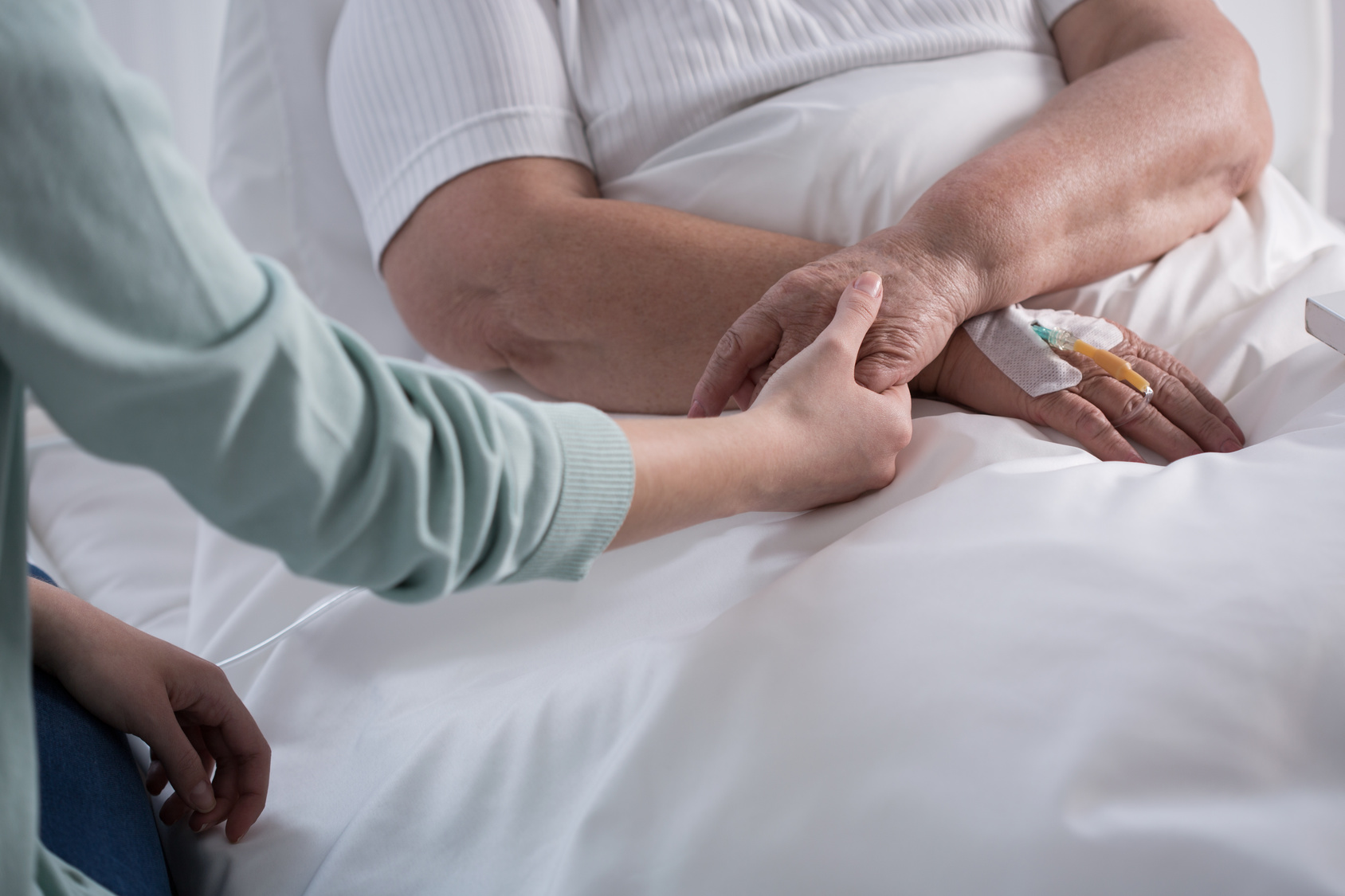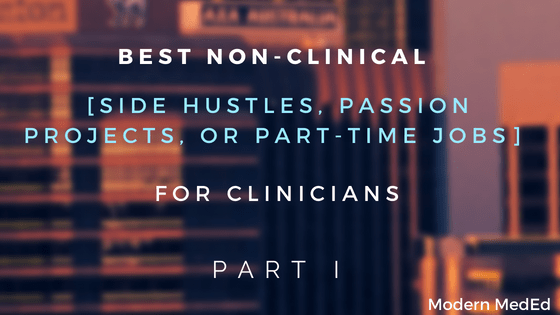Podcasts are a fantastic and free way to absorb information—and often be entertained—while on the go, which can be quite beneficial for busy therapy professionals. Below are some great podcasts, broken down by specialty, for your listening pleasure.
Physical Therapy:
Senior Rehab Project – Listen Now
The Senior Rehab Podcast brings you helpful conversations for rehab clinicians that serve older adults. Dustin Jones, PT, DPT, CSCS, RKC, speaks with industry leaders to draw out useful, practical information for YOU – the rehab clinician. Whether you’re a physical therapist, PTA, student, or seasoned veteran, the Senior Rehab Podcast will prove to be helpful for you in your practice.
Dr. Scott Gray’s Redefining Physical Therapy Podcast – Listen Now
Sport and spine injury specialist, Dr. Scott Gray, interviews other elite level physical therapists helping to redefine the physical therapy profession. Practical advice and tips are shared on this podcast that clinicians can apply TODAY in their practice, not research.
Therapy Insiders Podcast – Listen Now
Hosts Gene Shirokobrod PT, DPT, OMPT, Joe Palmer PT, DPT, OMPT, CSCS, and Erson Religioso III, DPT, MS, MTC, CertMDT, CFC, CSCS, FMT, FAAOMPT interview prominent guests to help shed light on various therapeutic topics ranging from joint manipulations, functional training, business ownership while being a clinician, sports rehab and much more. We cover Physical Therapy (PT), Manual therapy, rehab, sports medicine, business practice, and many more topics.
The PT Source – Listen Now
The PT Source Podcast with Matt Laporte brings you the latest articles, blog posts, research and web content in an easily digestible format. Welcome to the easy way to stay up to date with the latest in the field of physical therapy and exercise science.
Physical Therapy Forensics – Listen Now
Evidence truly meets practice on this podcast where we take a look at the latest research affecting the treatment of your patients/clients. Taking a practical approach to evidence-based practice.
Occupational Therapy:
Seniors Flourish Podcast – Listen Now
The Seniors Flourish Podcast helps occupational therapy practitioners working with older adults be the best they can be – not only by showcasing relevant interviews, answering questions, current articles and hot topics, but also to get OT practitioners EXCITED about working with older adults, give actionable ideas that listeners can take and use in their own practice and have some FUN along the way.
Occupational Therapy Insights – Listen Now
Occupational Therapy Insights is a show for parents, educational professionals, and occupational therapists, that delves into the world of occupational therapy. Here occupational therapy is broken down into its simplest form for all to understand. The show is hosted by Dr. Frederick Covington, an occupational therapy professor, author, award winning inventor, and occupational therapy private practice owner.
Occupied – Listen Now
A creative project exploring all things Occupation, Occupational Science, and Occupational Therapy. Each fortnight I am to showcase a topic or therapist and to have a discussion exploring OT related ideas and concepts. My aim is to challenge you, make you think and provide you with guidance wherever possible.
Joyriding In Autismland: Autism Podcast with Kid Gigawatt – Listen Now
Launched by parents of an infectiously funny and *mostly* happy boy on the spectrum, the Joyriding in Autismland podcast chats with ASD parents, kiddos, therapists, writers, and artists about the unexpected, charming, and funny moments with autism. Because laughing? Is the best vacation.
ADHD Experts Podcast – Listen Now
Leading ADHD experts give real-life answers to questions submitted by ADD adults and parents raising children with attention deficit disorder across a range of topics covering symptoms, school, work, and family life. Note on audio quality: This podcast is a recording of a webinar series, and the audio has been captured from telephone conversations, not recorded in a studio.
Speech Therapy:
The Speech Space Podcast – Listen Now
Looking for some fresh ideas for your speech therapy sessions? The Speech Space podcast is a podcast full of tips and resources for speech-language pathologists working in the schools or private practice.
Speech and Language Kids Podcast – Listen Now
Carrie Clark, a speech-language pathologist from Columbia, Missouri, offers resources, information, and activities for speech therapists and parents of children with speech and language development and delays. While Carrie’s materials will provide great information for speech therapists, they will also empower families to use fun and easy activities to improve their child’s speech and language skills at home. Activities and information cover a range of ages, ability levels, and disabilities. Topics covered include: articulation, apraxia, phonology, language, late talkers, alternative/augmentative communication (AAC), autism, stuttering, reading, social skills, down syndrome, following directions, answering questions, grammar, etc. Educators and other professionals will also love this easy-to-follow information and the step-by-step guides.
Speech Therapy: Storm of the Brains – Listen Now
Speech therapist Carrie Clark brainstorms ideas and answers to your speech therapy questions. Carrie Clark will bring on guest speech-language pathologists to answer your questions. Speech therapists can call in questions for Carrie and her guest to answer on air. Listen in as Carrie Clark and her guest brainstorm ideas to help you with your toughest cases. Plus, tune in each week for a giveaway!
True Confessions with Lisa & Sarah – Listen Now
This is the true story of two school-based SLPs who decided to start a business and are stupid enough to record it. Find out what happens when we stop being polite and start getting real.
More than Child’s Play – Listen Now
Join Speech Therapist Lacy Morise and Physical Therapist Nicole Sergent as the host warm and helpful conversations around their table where the early childhood world and daily parenting life meet. The friends and professionals from their village will inspire, challenge, and support you in your own journey as a parent, early childhood professional, or therapist.
Disclaimer: The viewpoint expressed in this article is the opinion of the author and is not necessarily the viewpoint of the owners or employees at Healthcare Staffing Innovations, LLC.









